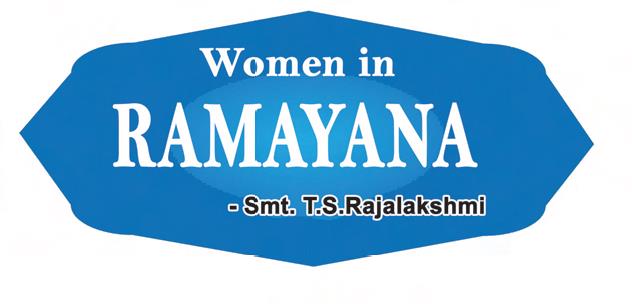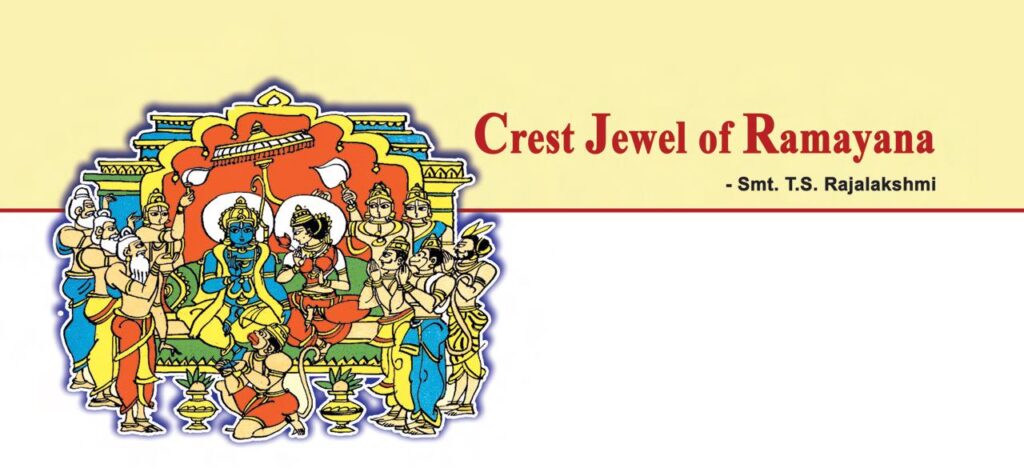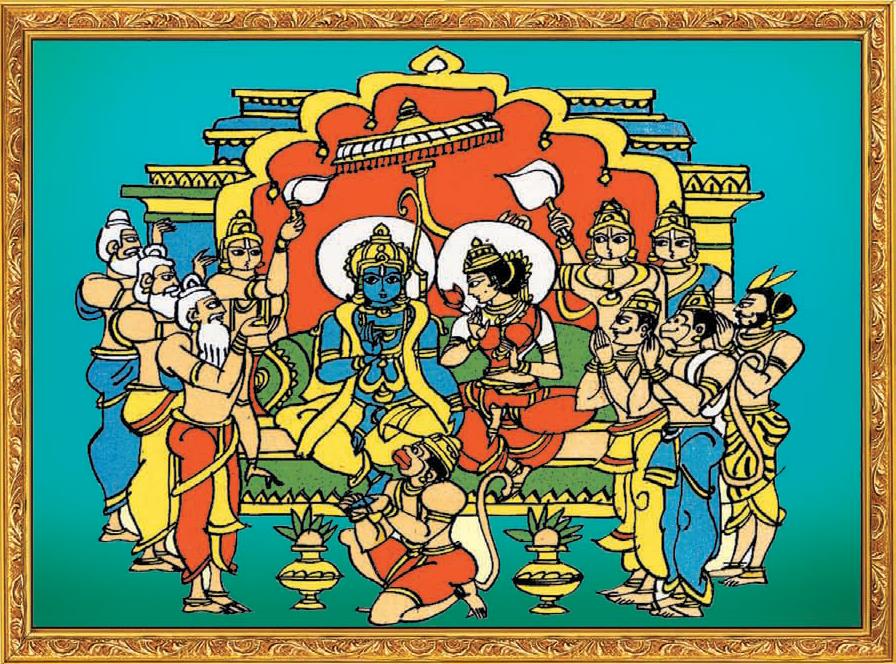Women in Ramayana The Ramayana is an epic which always gives greatest learning for all. The epic has all types of characters, emotions, lessons etc. “Ramo Vigrahavan Dharmah” means Rama is considered as Dharma personified. In Ramavatara, Lord Vishnu takes human form to uplift Dharma. Throughout the epic, Lord Rama leads a Dharmic life and Read More
Category: Ramayana
The Ramayana is a smriti text (also described as an Sanskrit epic) from ancient India, one of the two important epics of Hinduism known as the Itihasas, the other being the Mahābhārata.
Sundara Kanda – Crest Jewel of Ramayana
“Sundara Kanda” Crest Jewel of Ramayana Sundara Kanda is the crest jewel of all the Kandas in Srimad Ramayana. The hero of Sundara Kanda is Lord Hanuman. He plays a crucial role in Ramayana and gives hope to Lord Rama and Goddess Sita in this Kanda. So, if one reads, recites, or even listens to Read More
The Spiritual Greatness of Ramayana: Wisdom for Today
Ramayana Throughout the ages, it has been said that the Ramayana is not simply the life story of Sri Rama but an exquisite piece of literature in Sanskrit verse of peerless beauty containing seven Kandas, six hundred Sargas, countess appealing similes, metaphors, allegories, and flights of imagination—all of which make it a supreme piece of Read More



